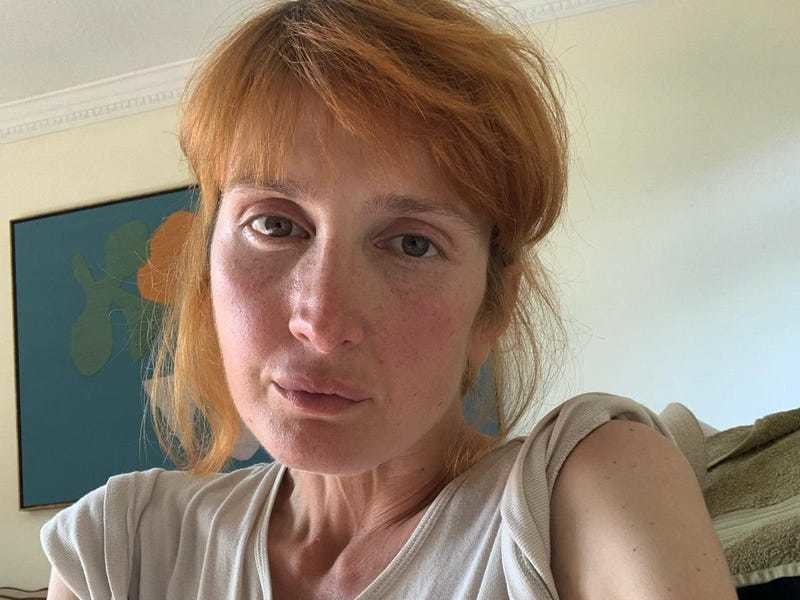A GREATER black-backed gull chick barely ten days old flounders, drowning on the tide line as a man holding his fishing rod stands there watching it.
A woman walking her dogs sees the bird and enters the water fully clothed to rescue it and then calls us because she does not know what best to do next.
It is a strange world we live in where some are devoid of compassion and separated from reality while others risk their wellbeing without a thought to help others; I suspect it was ever thus.
There are times when I feel very frustrated and depressed because I do not have the skills to heal or mend many of the creatures that come into my care, as most of those are birds, big or small, and it is their frailty that defeats me.
A bird may look solid and yet when you pick one up it is as if it is made of smoke that can disappear in the slightest breeze.
What at first may look perfect when you collect it can be smashed and broken and yet the bird shows no sign of pain for to do so would be to show weakness leaving it open to predation.
Now is the time when this season’s freshly fledged birds set off on life’s big adventure travelling on the fastest learning curve ever and many fail at the first hurdle.
In the past month we have found temporary home for four raptor species and to date none have been returned to the wild.
During the course of one day we took in a kestrel that had crashed into an awning and ended up in a garden chair in St Aubin while in Grouville a buzzard was found wandering the corridors of an apartment block.
Both birds were assessed by our tame vets and showed no visible signs of injury though the kestrel was still in a very stunned condition when we placed it in the annex wing of the main flight at home.
It died some three hours later from what we suspect was swelling on the brain as a result of the impact it received when hitting the chair.
The buzzard was a very young bird barely fledged and when we cornered it there was no attempt to fly away from us.
Once home it took water and a feed and promptly set about exploring its new world, things looked positive.
Day two and although the bird was alert and taking food there was no attempt to fly up onto the perches or more concerning to move away from me when I approached.
Day three and it only ate in the morning and early on the morning of day four when I went up it was propped up against the wall dead.
On Friday evening and part way through preparing dinner a call came in about an owl seen injured in the Bouley Bay area.
It turned out to be a barn owl, again a young bird and once extracted from the hedge in which it was hiding it was clear that it had a badly damaged wing.
Examination by the vet confirmed that the wing was damaged beyond repair and so the bird had to be put down and the drive home was a very dispirited journey.
As for the black-backed gull chick, that was taken into the JSPCA to join a small collection of gull chicks that should all be returned to the wild soon.
The current house guest is a real challenge and a concern, again a young bird with a damaged wing and one that is known not to do well in captivity, this time a female marsh harrier.
No fractures or dislocations, however the muscles controlling wing movement have obviously sustained damage as the wing hangs low and the bird is unable to fly.
Other than that it has a do not mess with me attitude but took a long drink and a bath as soon as it entered the flight and demolished the food given it.
Minimal human contact is important with any wild bird and even more so with harriers as they stress out very quickly.
The beauty of the main flight is that I can observe birds from my workshop window without being seen so have been able to view its progress.
It was obvious on day two that the tail guard fitted at the vets was too wide and so Jill and I changed it for a narrower one that day and saw an immediate improvement in the birds posture and use of wing movement.
Tail guards are placed on large raptors to protect the feathers as these are affectively their rudder by which they steer and push off into flight.
These birds are majestic when viewed through binoculars as they soar and dip above the reed beds, maize fields and long grasses in search of prey and up close this young female is a true vision of ferocity and colour.
Adult females have a dark brown mottled body topped with a white blonde head, juveniles have softer colouring and a honey blonde head.
Watching her each morning and evening even when she is just perched on a low tree trunk her head never stops twisting and turning to the slightest noise as she scans for predators and prey.
A week has now passed and a slow but steady improvement in the wing can be noted though I have learnt never to count my chickens and things could change in a puff of smoke. To be continued…






